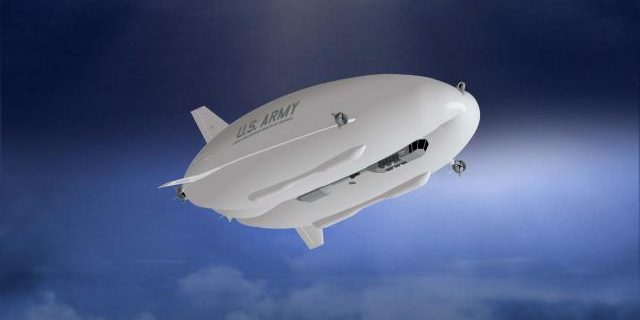DSIAC staff collected information on developmental and production-ready lighter-than-air (LTA) unmanned aircraft system (UAS) platform programs designed to provide long-endurance (multiple-day) operation at stratospheric altitudes. These “High-Altitude Pseudo-Satellite (HAPS)” platforms can act as a bridge between current land, water, and lower atmosphere airborne assets to provide satellite-like, beyond-line-of-sight (BLOS) capabilities at a lower cost in a more flexible manner (quickly reconfiguring and launching as mission changes dictate). HAPS can augment existing infrastructure when demand is high or provide capability in remote areas where it does not exist or has been destroyed due to natural disaster or war. When fully developed, HAPS will serve as an enabler for persistent mission operations support within and external to the United States in areas such as agriculture monitoring; border security; communications and high-speed data transfer; command and control; geo-specific data collection; humanitarian assistance and disaster relief (HA/DR); intelligence, surveillance, and reconnaissance (ISR); position, navigation, and timing (PNT); targeting; topographic survey; and possibly even over-the-horizon wireless power transmission (OTH WPT).
High-Altitude, Pseudo-Satellite Technologies for Communications, Intelligence, Surveillance, and Reconnaissance Operations

Image Credit: U.S. Army
Posted on June 1, 2020 | Completed on March 7, 2019 | By: Scott E. Armistead
What UAS are available for long-endurance, persistent communications relay?
Want to find out more about this topic?
Request a FREE Technical Inquiry!

